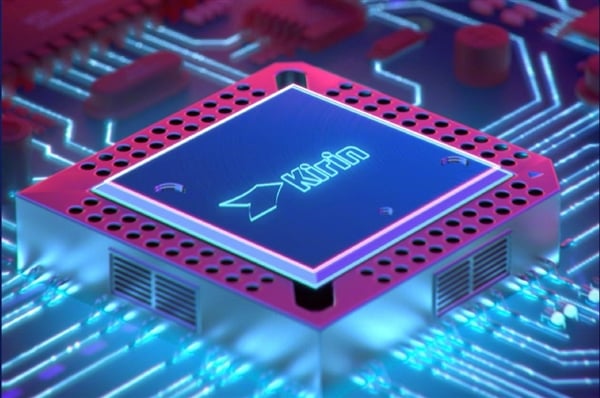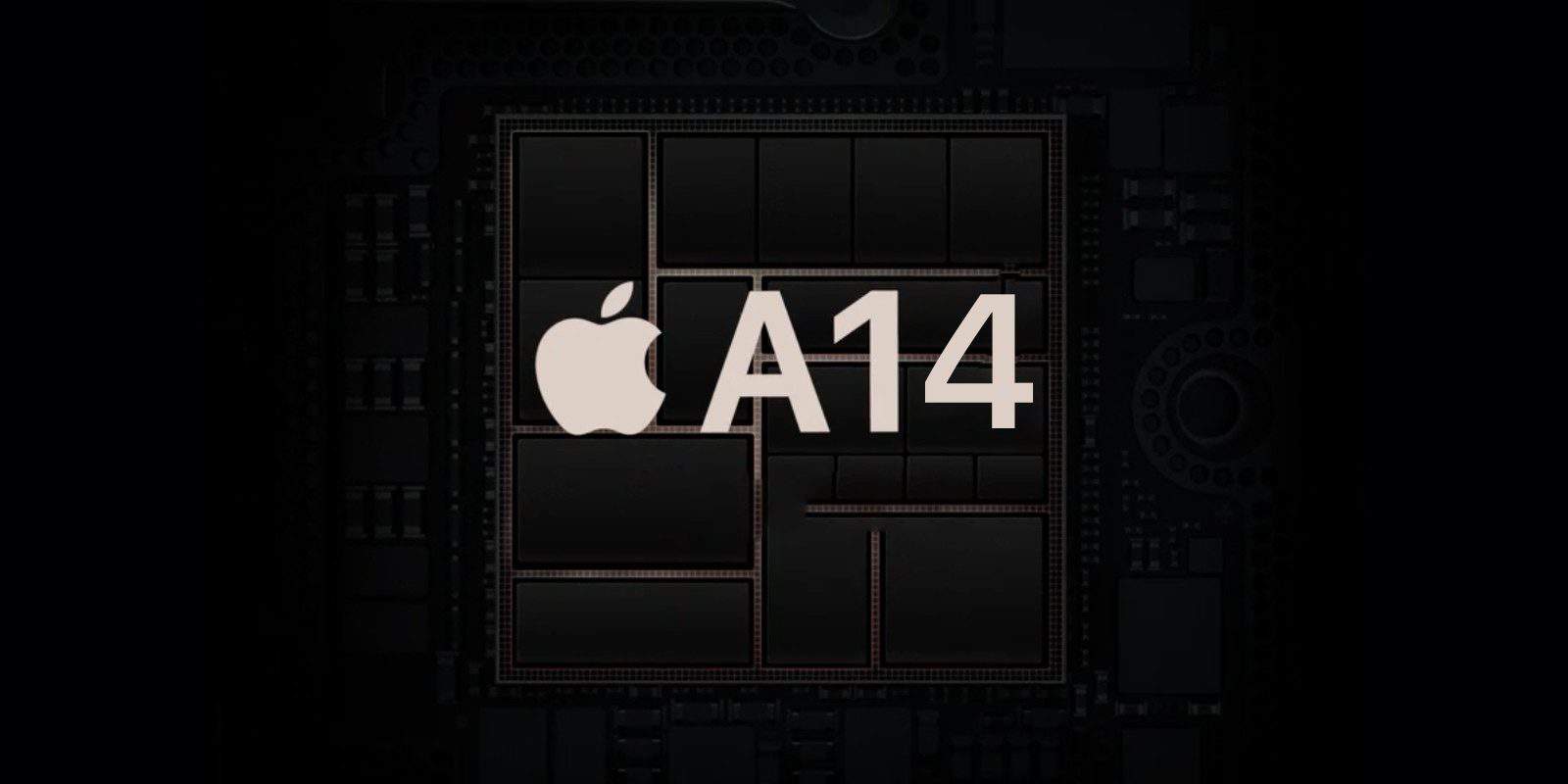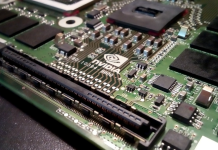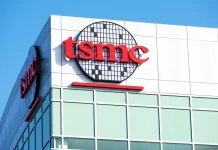Taiwanese Semiconductor Manufacturing Company (TSMC) earlier today announced its quarterly earnings for the first quarter of 2020. The company posted revenue of about 3106 billion Taiwan dollars which is an improvement of 2.1% from last quarter. Compared to the same period last year (Q1 2019), the revenue increased by 42%.

In the first quarter, TSMC’s advanced process contributed a lot to the company’s revenue. The new 7nm process contributed 35% of the Q1 revenue, the 16nm process contributed 19% of the revenue, and the 10nm contributed 0.5% of the Q1 revenue. Overall, the advanced process is said to have contributed 55% of the entire revenue and became an important growth point.
EDITOR’S PICK: Xiaomi’s Aqara officially unveils its range of smart home products in the US
After the 7nm process, TSMC will also mass-produce the next-generation 5nm process. Previously, mass-production was billed to commence in the first half of this year but due to the COVID 19 pandemic, the mass production has been delayed. Mass production is now expected to commence in the second half of the year. Nevertheless, because TSMC’s 5nm process is the only one in mass production globally, it is expected to account for 10% of its annual revenue.
According to official data, compared to 7nm (first-generation DUV ), the new 5nm chip based on the Cortex A72 core can provide 1.8 times the logic density, 15% faster speed, and 30% lower power consumption. The SRAM process is also very excellent and it has a reduced area.
The 5nm process will be utilised mainly for the Apple A14 and Huawei Hisilicon Kirin 1020 chipsets. The A14 Bionic chipset is said to have a peak frequency of 3.1GHz .
As for the Kirin 1020, the specifications are yet to be confirmed. However, previous rumours tipped the SoC to feature an upgraded Cortex-A77 architecture, but there are also rumours that Huawei will skip the A77 generation and go directly to the future Cortex-A78 architecture, which is an intergenerational upgrade. What can be confirmed at present is that the Kirin 1020 will be featured on the Mate 40 series in the second half of the year.
UP NEXT: iPhone SE 2020 price in India confirmed for 64 GB, 128 GB and 256GB Models
(source)







